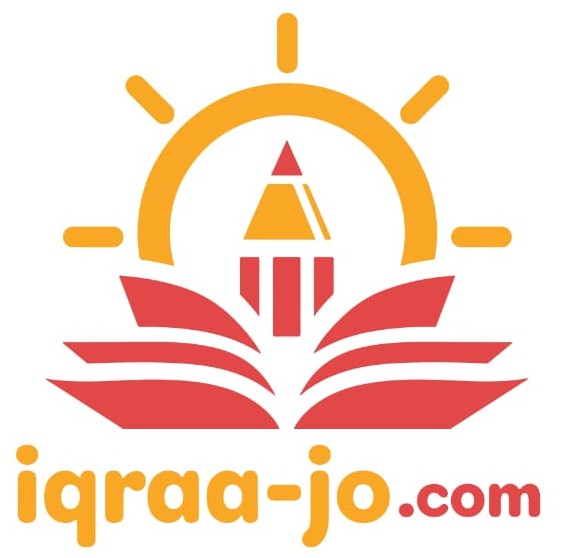What is Project Management?
Project management involves overseeing the work of a team to accomplish the project’s goals and ensuring that they adhere to certain limitations. These constraints include budget, time and scope. Project managers should also be aware of the project’s environment and potential risks.
There are a variety of methodologies and best practices for managing projects, including critical chain project management (CCPM), agile methods as well as the HERMES method and the general system approach to project management, among others. The Association for Project Management provides professional project management certifications and standards, a global community of project experts blogs, research, and other resources for decision makers, influencers, and project managers.
It is vital to plan the project correctly to ensure its success. This includes determining the project’s technical specs, preparing an outline of the schedule and developing an effective communication strategy. It is also essential to define roles and responsibilities, determine what items need to be purchased and have a kick-off gathering.
The Gantt chart is a favored tool used to plan projects. It gives project managers to visualize a project timeline and determine the dependencies among tasks. They can also make real-time adjustments and assign resources. It also provides collaboration features that let team members update task statuses, make www.trust-advisory.de/entscheidungen-zur-softwareentwicklung-und-zum-projektmanagement/ changes and collaborate on documents directly from the chart.
In order to determine the best projektmanagement tool for your business, you should assess your industry’s specific requirements and consider features like task management, timeline visualisations as well as resource management tools such as collaboration tools, analytics, integrations, and reporting. Then, select a tool that meets your specific needs and budget.
